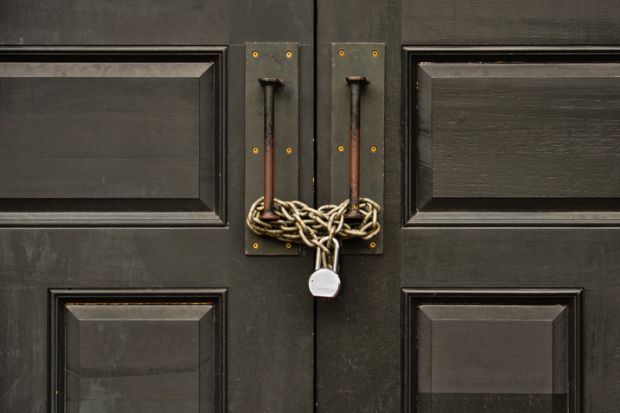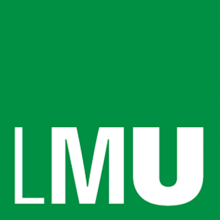German universities have reacted with horror after the country’s federal government banned all face-to-face teaching in pandemic hot spots, potentially halting the training of medical students and cutting short student laboratory work.
On 21 April, the federal parliament passed a sweeping “emergency brake” law designed to force the country’s reluctant states into taking decisive action to force down stubbornly high rates of coronavirus.
The law includes a night-time curfew and a shutdown of physical teaching in schools in areas where new infection rates top 165 per 100,000 inhabitants during a week.
But university teaching has been caught up in this ban on physical teaching in schools, likely spelling an end to practical lessons in states such as Saxony, Bavaria and North Rhine-Westphalia, despite some face-to-face instruction having continued largely uninterrupted throughout the pandemic.
In a statement, the German Rectors’ Conference criticised the new law as “sweeping and unsuitable” and said it would “harm a considerable number of students”.
The law will shut down student laboratory work, hands-on art lessons, in-person examinations, access to libraries and practical training for medical students, it feared. The German Academic Exchange Service (DAAD) has added its voice to criticism, arguing that a “blanket” ban on physical teaching would harm international students in particular.
“I am beyond pi**ed,” wrote Annette Leßmöllmann, dean of studies for the department of science communication at the Karlsruhe Institute of Technology, on Twitter. “The Berlin bubble has produced nonsense…and completely ignored the interests of the students.”
At LMU Munich, most teaching was already virtual, but medical, veterinary, dentistry and pharmacology students were still receiving some face-to-face teaching, such as laboratory work and patient interaction, said Oliver Jahraus, vice-president for teaching and studies. But the university will now have to halt this teaching.
Some states, like Berlin and Hamburg, are for now under the 165 threshold.
Meanwhile, in some European countries, campuses are beginning to reopen to students after being shuttered for months.
In Denmark, campuses are now allowed to host up to 30 per cent of their student capacity indoors.
“It is possible that outdoor activities can make it possible for more students to return to campus,” said Jesper Langergaard, director of Universities Denmark. “However, being situated in Scandinavia, weather conditions are far from continually perfect for outdoor lectures even in April.”
In the Netherlands, too, students can return from 26 April, with campuses operating at 20 to 30 per cent capacity, as they did at the start of the autumn term in 2020. Free self-tests are also being rolled out on mass in universities and schools, although will remain voluntary.
Portuguese universities also resumed in-person classes on 19 April.






